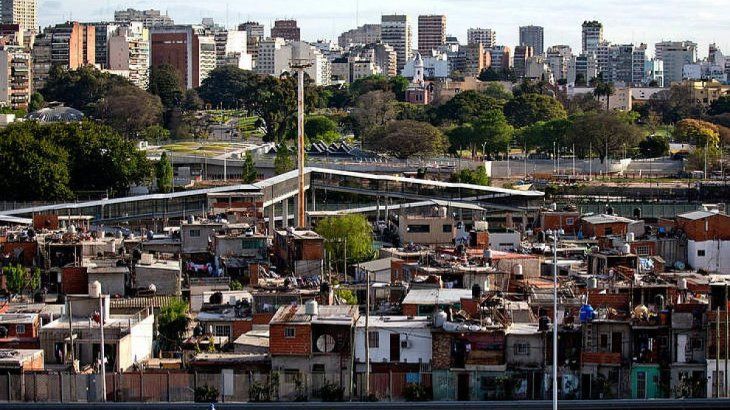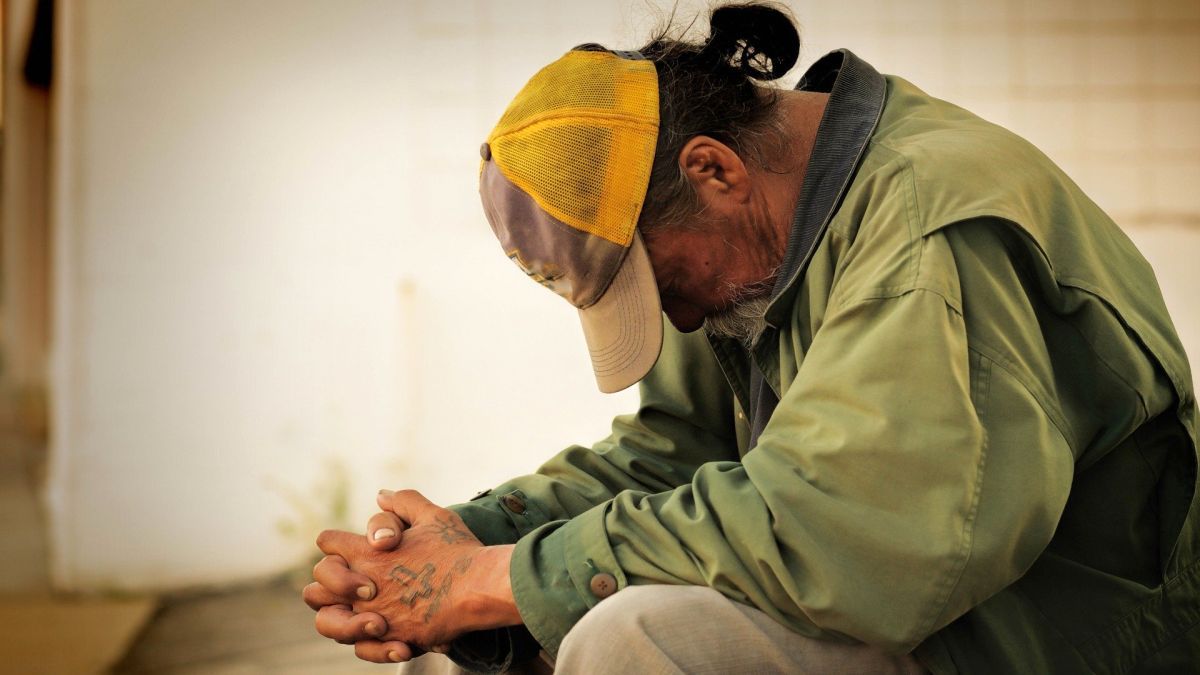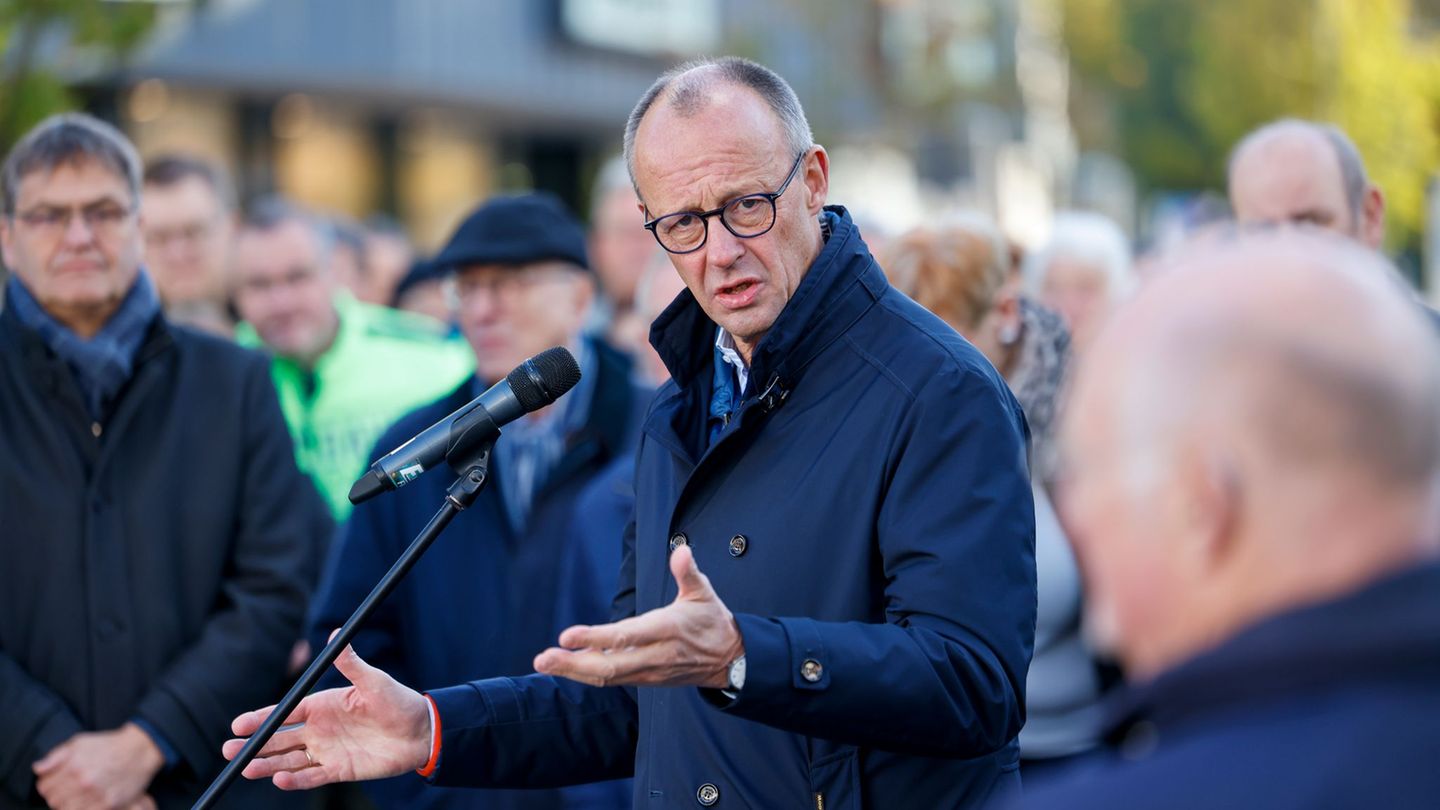Latin America is experiencing a labor crisis “in slow motion” since 2010, a trend that, although it had shown improvements between 2020 and 2022, has deepened again in a context of low growthsaid a report from United Nationswhich also foresees an increase in poverty indicators for this year.
In the report “Social Panorama of Latin America and the Caribbean”, the Economic Commission for Latin America and the Caribbean (ECLAC) noted that during the decade from 2014 to 2023, the growth rate of the number of employed It was only 1.26%, almost half of the 3.2% recorded in the 1980s.
ECLAC maintained growth estimates for Latin America (1.1%) and Argentina (2%)
“He low growth of the regional economy projected for 2023 will probably result in less dynamism in job creation, while the 1.9% increase estimated for the number of employed in 2023 is much lower than the 5.4% growth experienced in 2022″ , the organization noted.
In relation to the unemployment, The data show a reduction “with respect to pre-pandemic levels, going from 8% in 2019 to 6.8% in 2023, moderating the decrease observed until 2022”, when this rate reached 7%. This recovery has not, however, resulted in a reduction in the historical gaps between men and women, the organization points out.
“The effects that the crisis has had on the most vulnerable populations and the low growth rates expected in 2023 and 2024 raise doubts about the possibility of improvements in the region’s labor indicators in the next two years,” the report states.
Gender and salary gap
According to the report, the job creation between 2014 and 2023 has been the lowest since the 1950s. In 2020, during the pandemic, job creation decreased 8.2%, being the only drop recorded in the last 70 years.
Of the universe of 292 million employed people in the region, 1 in 2 are in informal jobsabout a fifth live in poverty, 4 out of 10 have labor income less than the minimum wage and half do not contribute to pension systems, indicates the Social Panorama of Latin America and the Caribbean 2023.
The region is experiencing a crisis in slow motion regarding ilabor inclusion, understood not only as job insertion but also as the conditions under which employment is accessed in the labor market, explains the regional organization of the United Nations.
This means that insertion into paid work is essential, but not sufficient to achieve labor inclusion. Is required access to productive, well-paid jobs with access to social protection, particularly for women and young people, highlights ECLAC.
The report presented today accounts for the persistence of historical gender gaps in labor markets.
While the labor participation rate for men was 74.5% in 2022, that of women reached only 51.9% (a gap of 22.6 percentage points). The Women also have higher unemployment rates. (8.6% compared to 5.8% of men in 2022).
The main barrier to women’s labor inclusion is the care workload, says ECLAC: the participation rate of women in households with girls (61.6%) is lower than that of households without girls. /os (73.5%).
ECLAC: how much the region would grow in 2024
The economy of Latin America and the Caribbean would grow 1.7% this year and 1.5% in 2024, according to projections from the ECLAC in September, in the middle of a long low growth dynamics and macroeconomic complexities in the region despite the moderate upward revision for this year.
The body of United Nations It is expected that all subregions will exhibit less dynamism compared to 2022, when the region grew by 3.8% according to preliminary figures.
The 2023 edition of “Social Panorama of Latin America and the Caribbean” emphasizes that countries must strengthen their labor inclusion policies to face current economic and social challenges.
Poverty and concentration of wealth
The report notes that in 2022, countries in the region experienced a improvement in poverty indicators in a context of economic recovery after the COVID-19 pandemic and an improvement in household income. The incidence of poverty and extreme poverty decreased, respectively, by 1.8 and 3.6 percentage points on the Latin American average to 29.0 and 11.2%.
However, this scenario seems to have stagnated in recent months and for 2023 ECLAC projects a slight increase in poverty and the extreme poverty“which warns about the sustainability of the recovery experienced in 2022 in these indicators,” the report states.
Distribution of wealth.jpg

Another aspect that the report points out as a factor that magnifies economic inequalities is the concentration of wealth. While the wealth of “billionaires” – people with wealth exceeding $1 billion – has experienced large fluctuations in recent years, their total wealth “grew with i“relative intensity much greater than the heritage of the rest of the population of their countries”points out ECLAC.
The organization points out that the influence of the inheritance is decisive in the region since the 54% of the super rich included on the 2021 Forbes list achieved all or part of his assets by inheritance.
“All these data highlight the need to address the concentration of wealth and its implications for growth, mobility and social stability in the region,” the organization noted.
Source: Ambito




